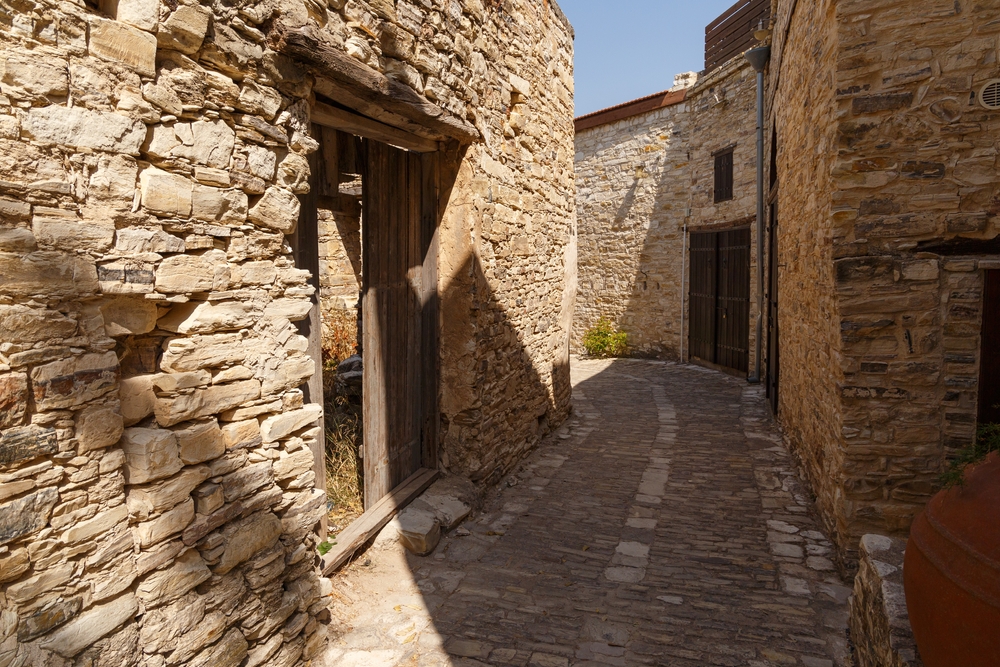
3 Things You Need to Know About Stonemasonry
Driving down the east coast, it is hard for me to look away from all of the history and beautiful architecture around me. This country, and most civilizations around the world, have something in common with one another. 70% were built with stone. From their churches, their monuments, and their homes to their schools, streets, and the foundation of the civilization itself. Stonemasonry has been around for thousands of years. As I reflect back on the history of Petrillo Stone, it is very gratifying to be a part of such an important part of history. There are a lot of unique facts about stonemasonry, but I wanted to share some of my favorite.
Stonemasonry is Ancient
When I say ancient, you are probably picturing cavemen dancing in circles around the latest technology – fire. While cavemen did sleep inside caves of stone, it wasn’t long after that humans began to mine and produce bricks and stones for the building of stronger structures. 8,000 years ago, Native Americans were using and trading stonework for the making of pipes, pottery, cooking slabs, ornaments, and weaponry. As far back as 4,000 BCE, foundations and ruins have been excavated in ancient Jerusalem and Egypt that show sophisticated works of stonemasonry. The Pyramids of Giza were built using stones from quarries that date back nearly 50,000 years. When I say stonemasonry is ancient – I mean it.
It’s Hard to Destroy
You have probably seen documentaries or movies (like Indiana Jones) that depict ancient ruins being excavated in places like the Middle East and South America. Many of these ruins still look like old buildings, statues (as in ancient Greece), monuments, churches, and even the foundations of cities! How? Stonemasonry is hard to destroy. Strengthened by high heat and fire, the stonework is resilient. Winds, earthquakes, fires, water – stonework resists it all. Some of the most wonderous have been found in places like Jerusalem, Egypt, and Pompeii. Even covered in the desert sand and volcanic dust, the beauty remains.
Stonework Shows Progress
As it probably did to those cavemen, the discovery of stonemasonry changed lives. As stonemasons became more skilled and engineered bigger and better structures, cities began to spring up. Populations began to thrive as they were able to live in shelters that protected them from creatures and nature. It is no surprise that more than 70% of the world’s structures are built upon stone foundations and engineered with stonework in some form. While most people in the ancient world utilized stone due to its solid and resilient properties, as history progressed, stonemasonry became a symbol of beauty and prosperity. Furthermore, with its use in cathedrals and universities, stonemasonry is also a sign of an educated and thriving society.
It should not be a shock to many to learn that I am a history buff, but I am especially passionate about the history of my industry. At Petrillo Stone, we know the history, we lean into the knowledge, and we try to share what we know. I hope these facts have enlightened you to look around at the beauty and intrigue of stonework. Next time you take a drive through New York City or Boston, take the time to admire the not-so-distant historical stonemasonry that is around you.